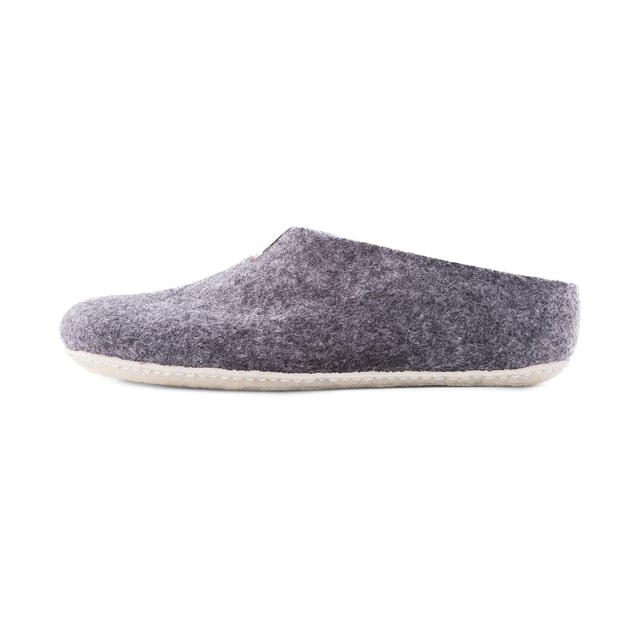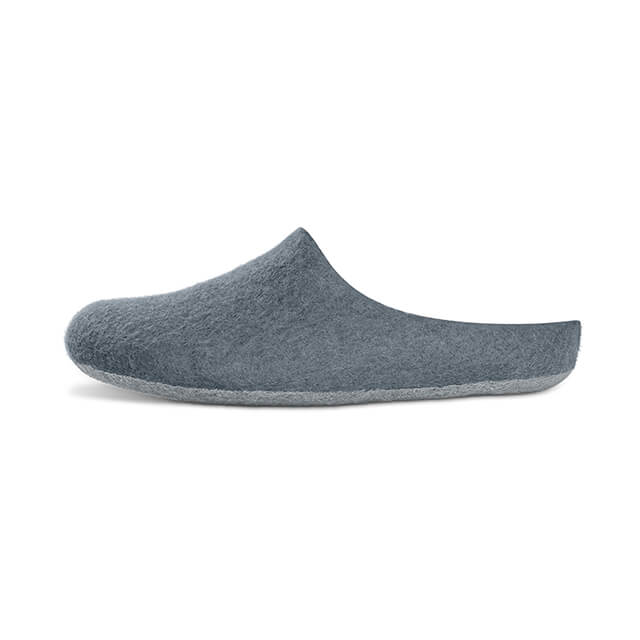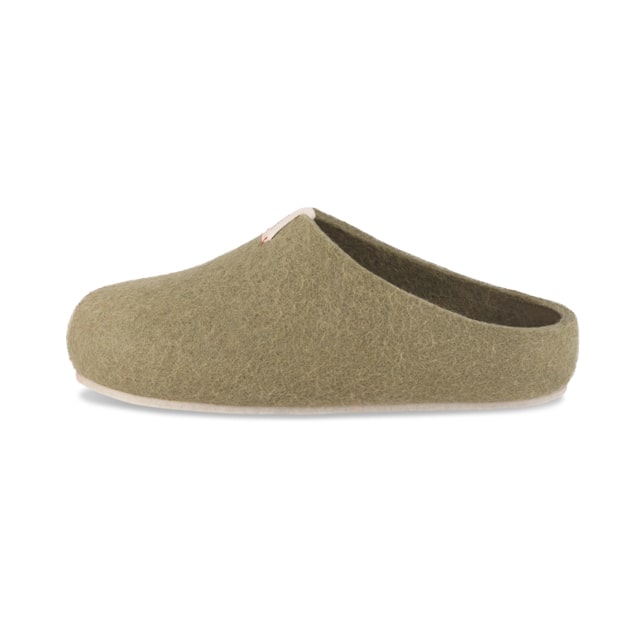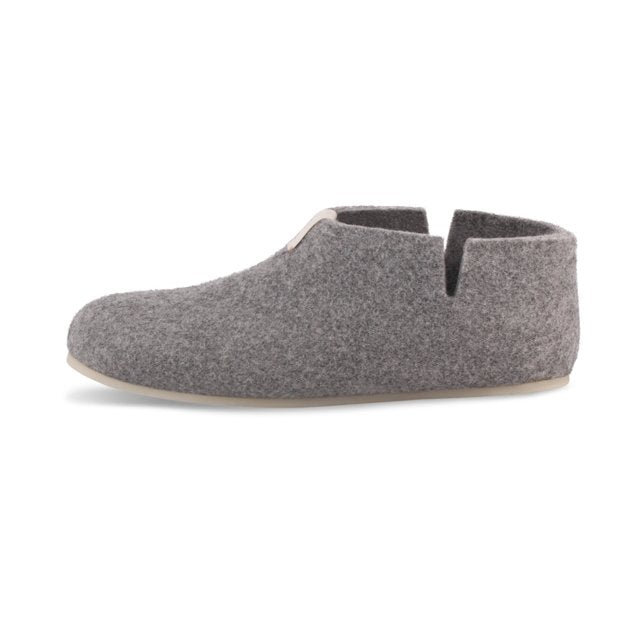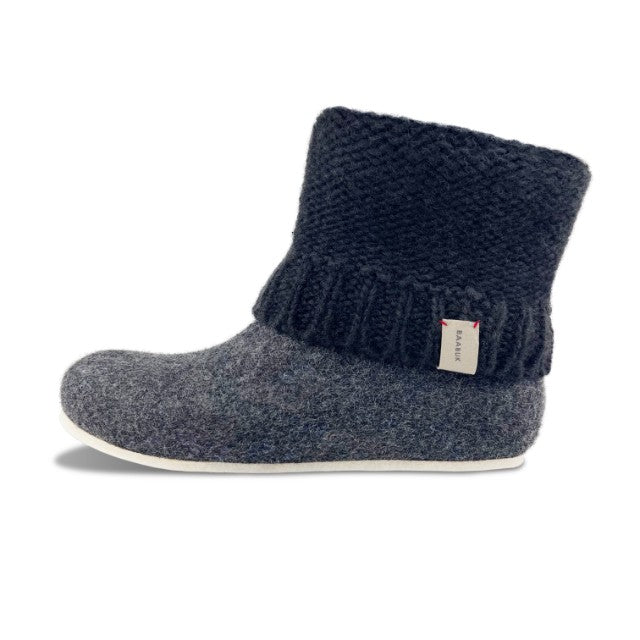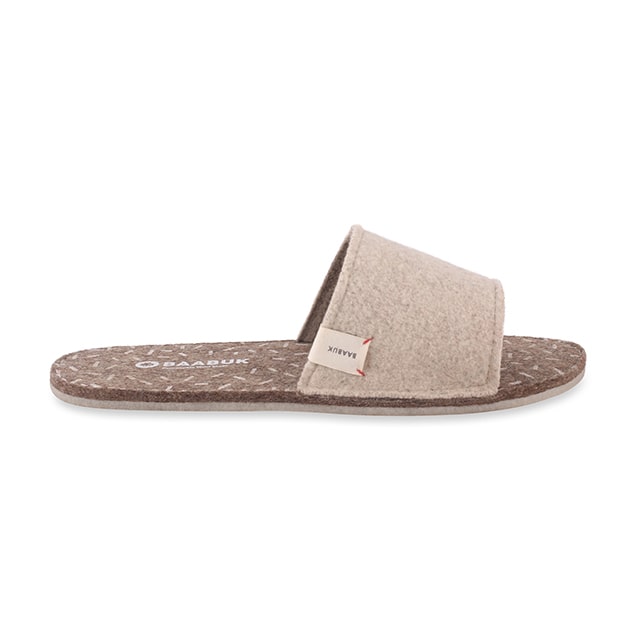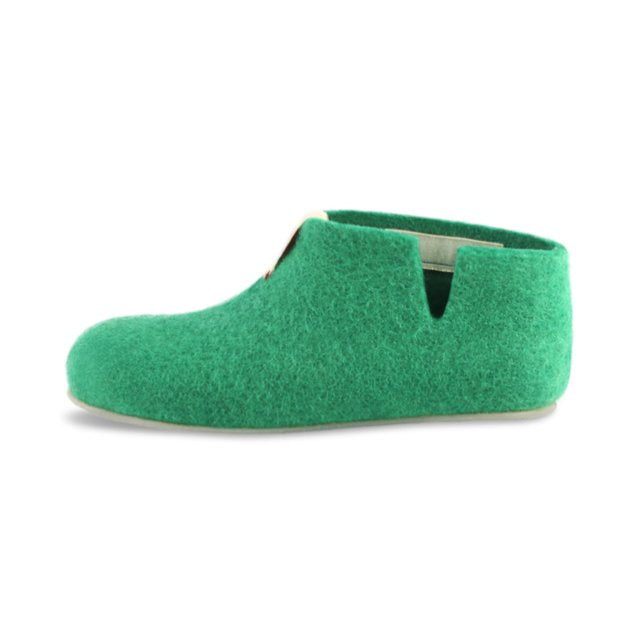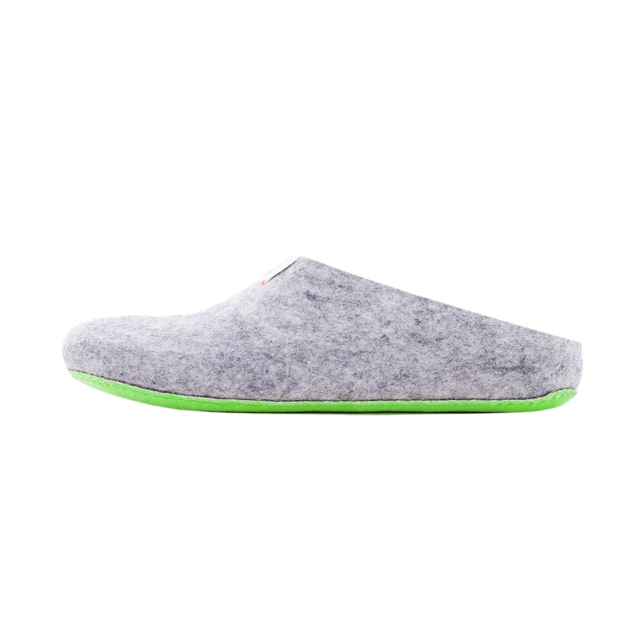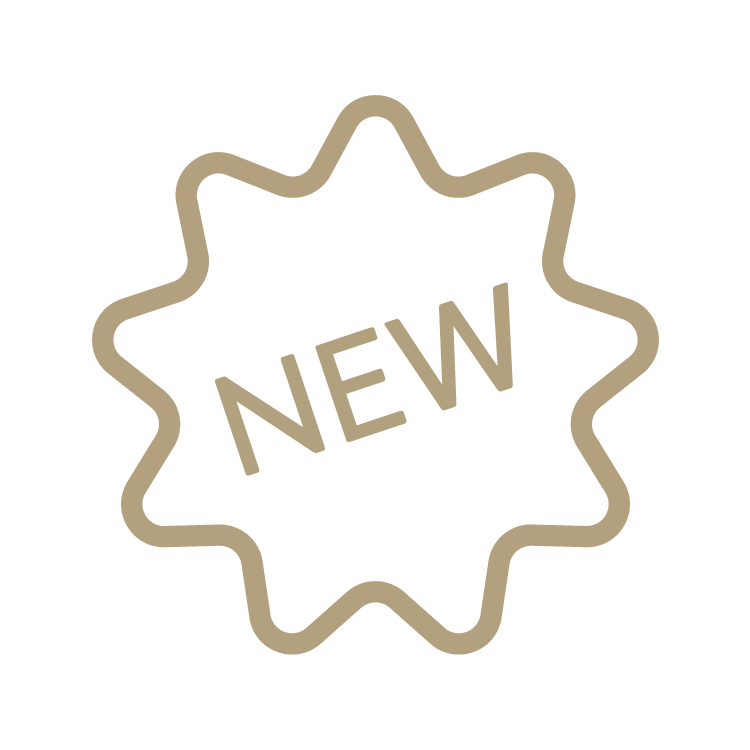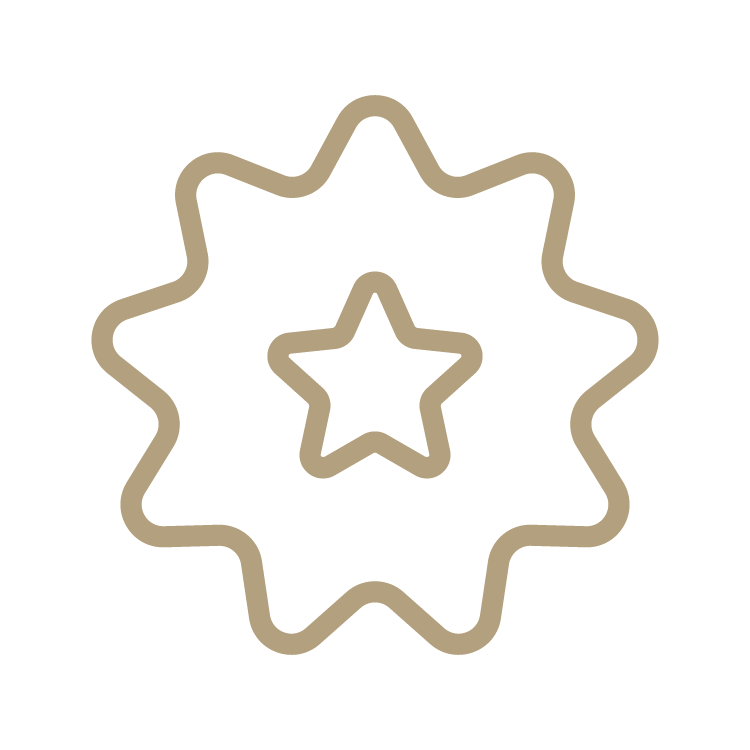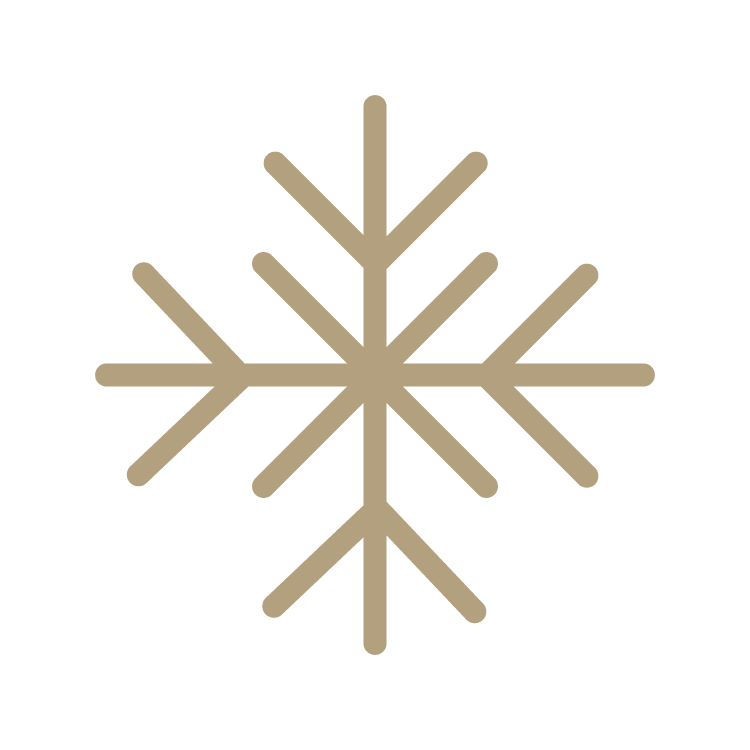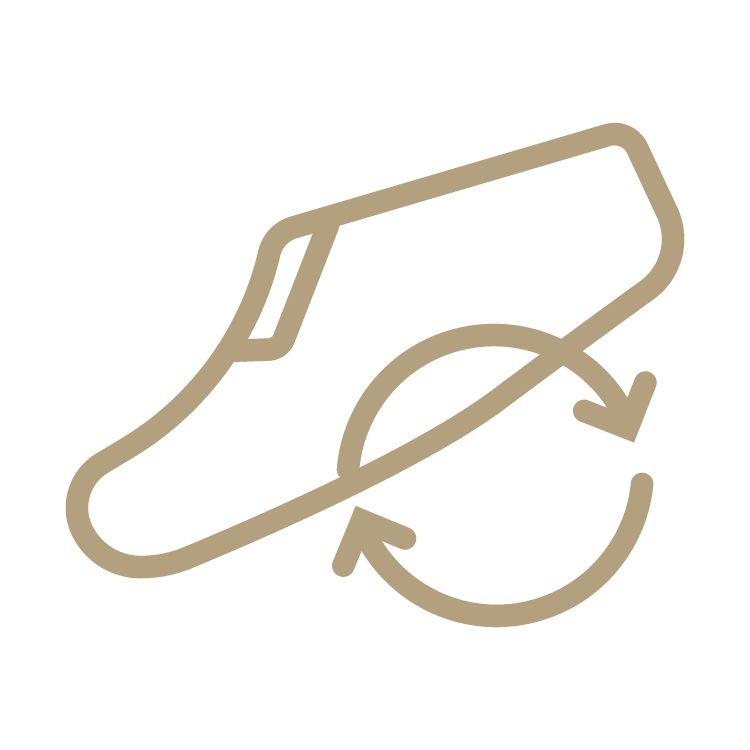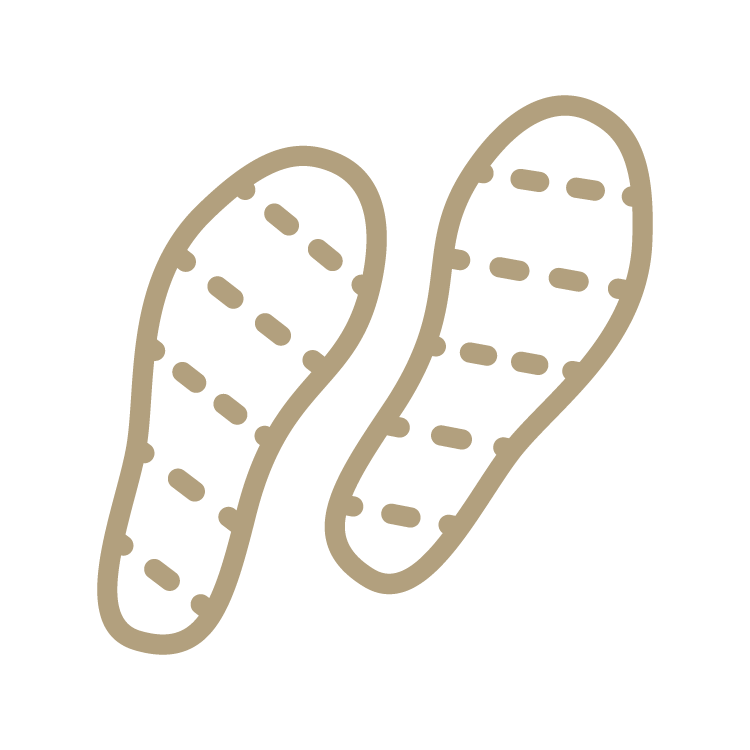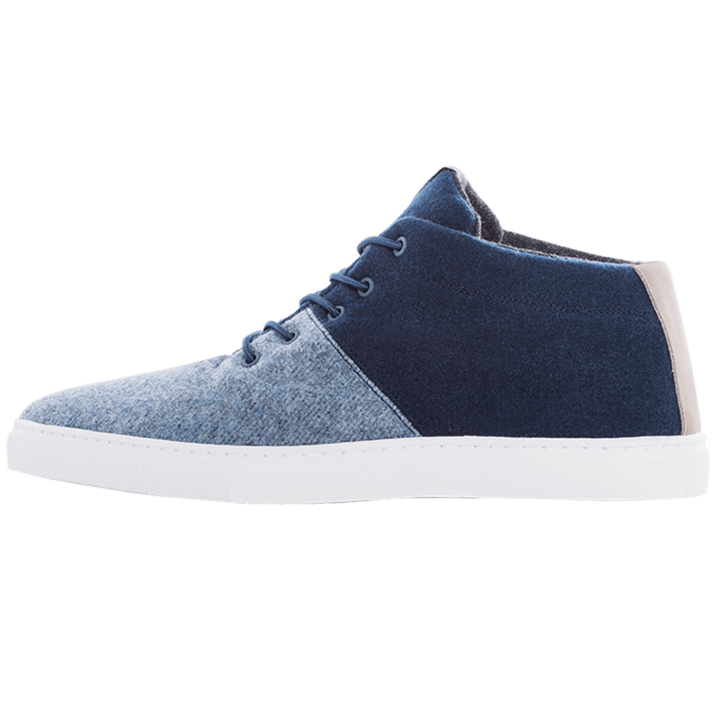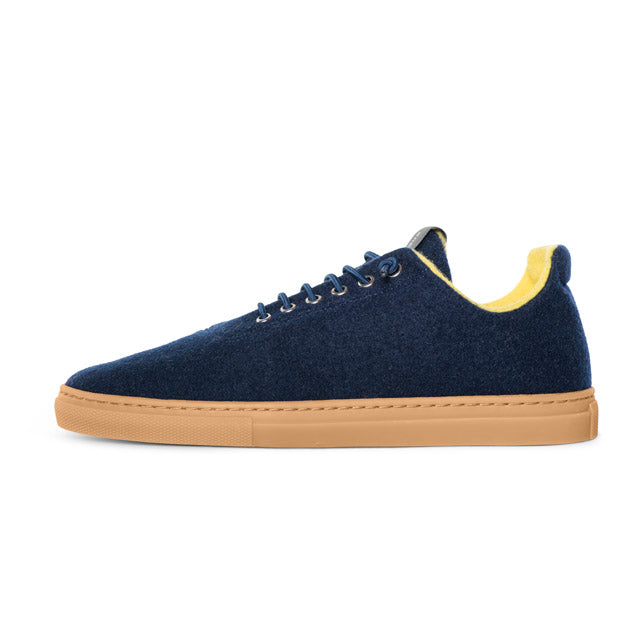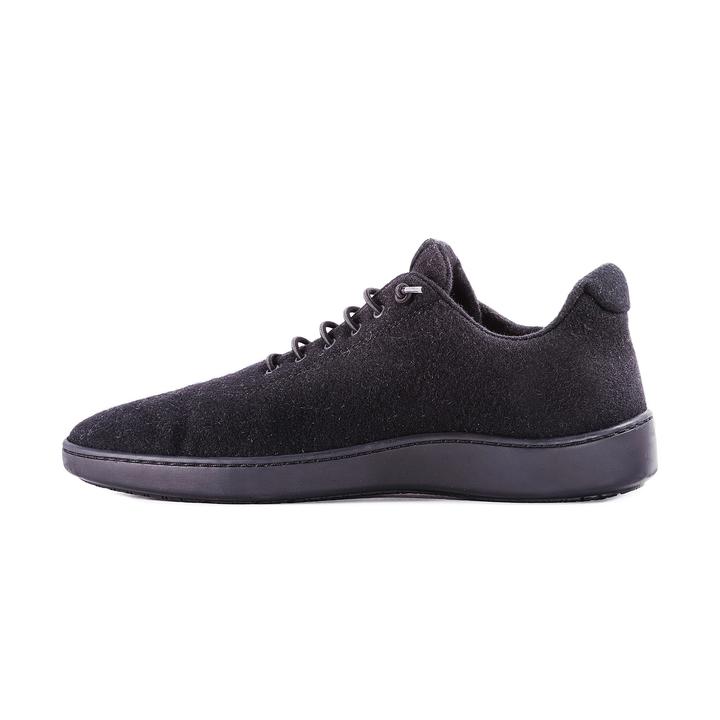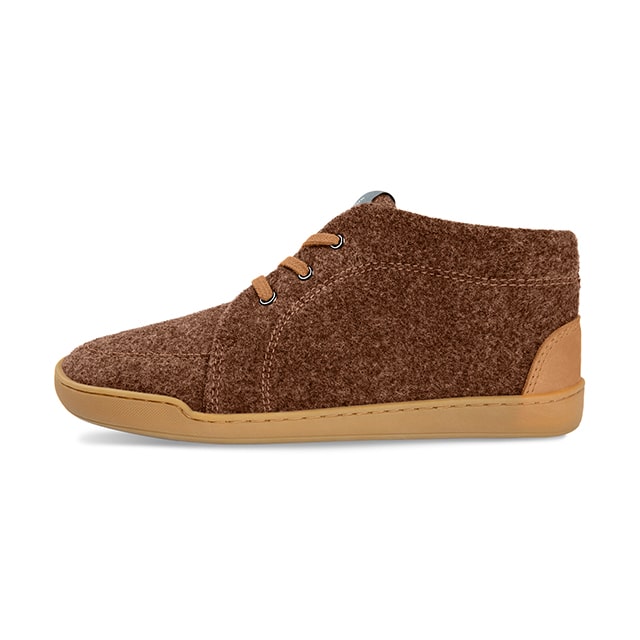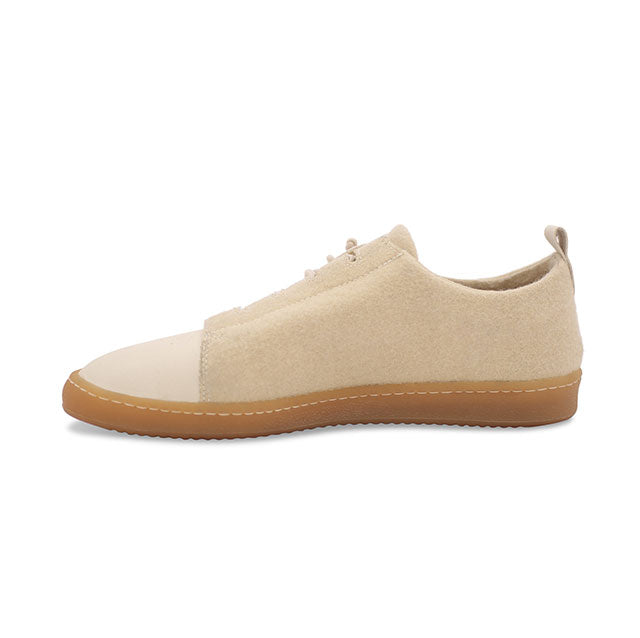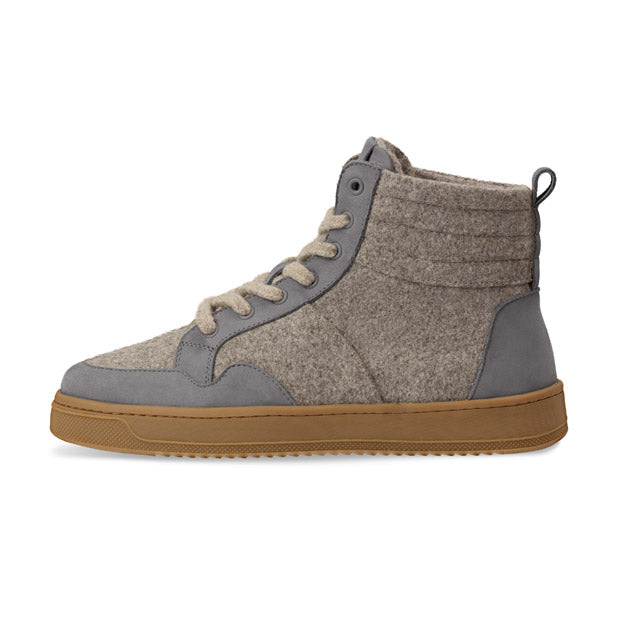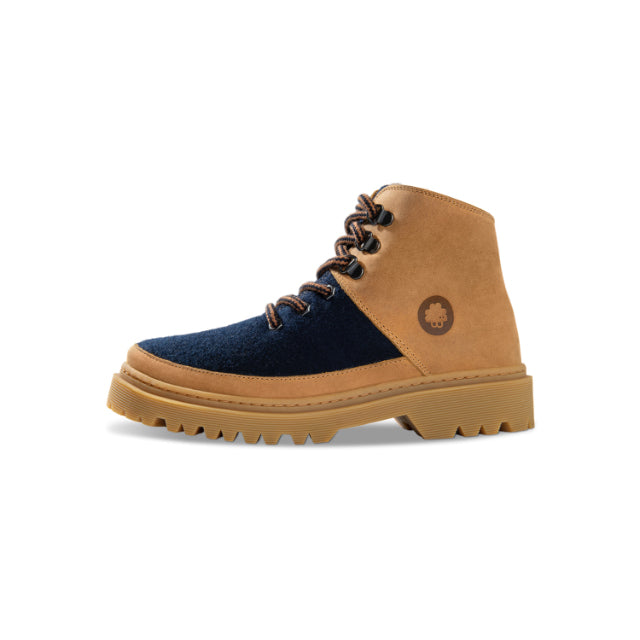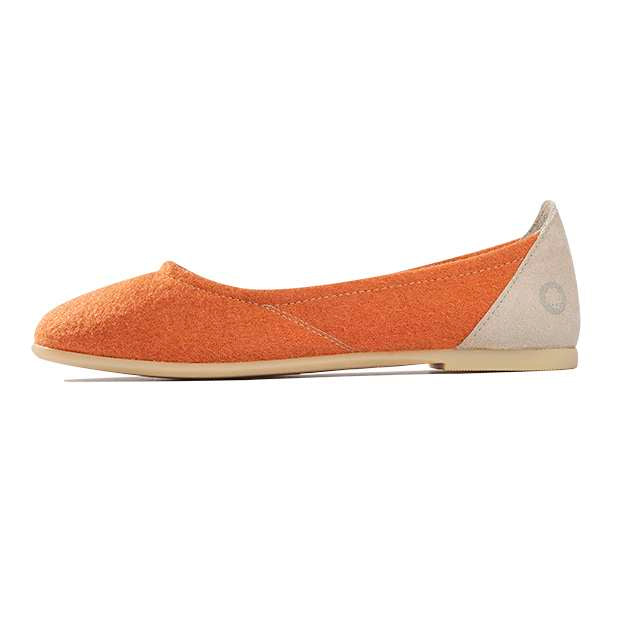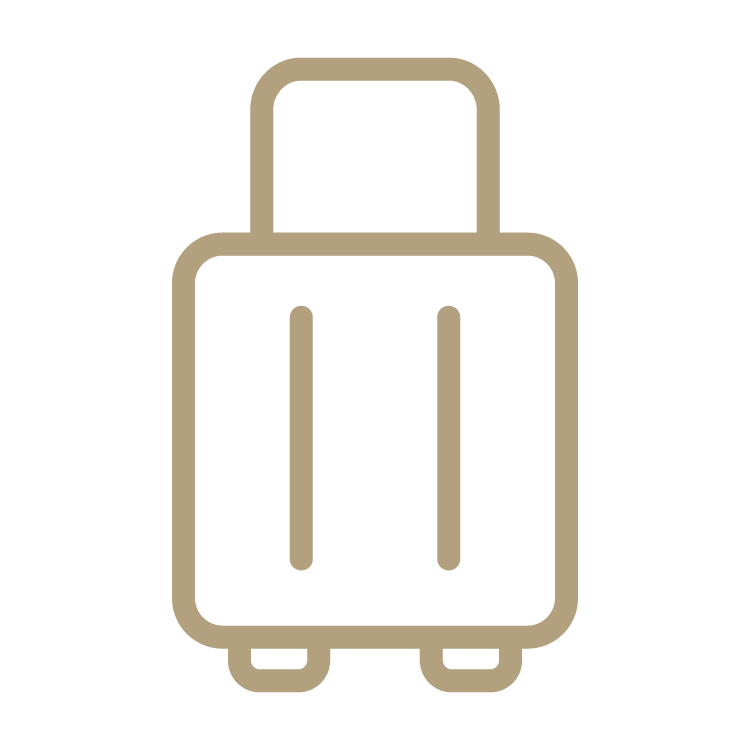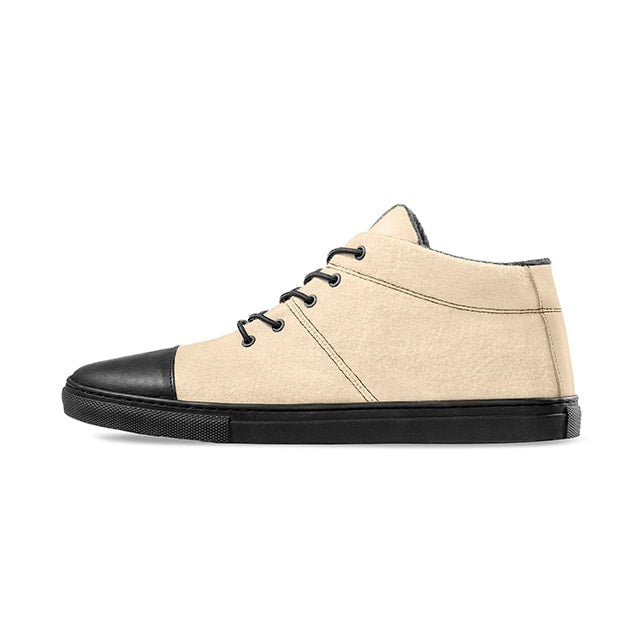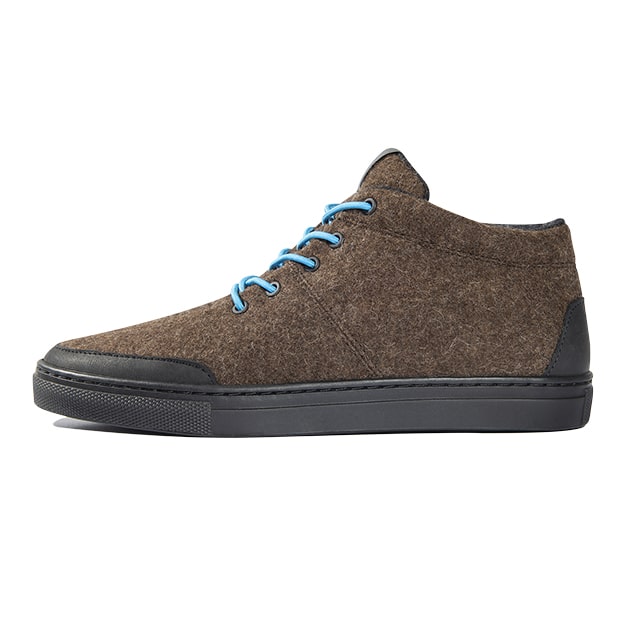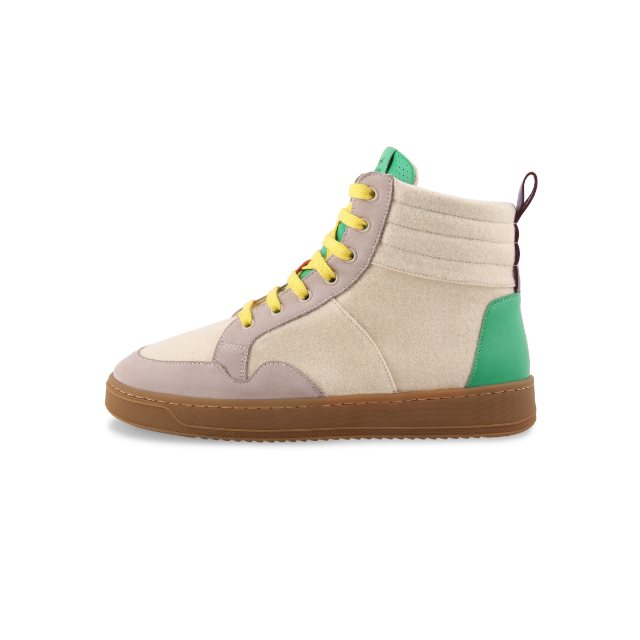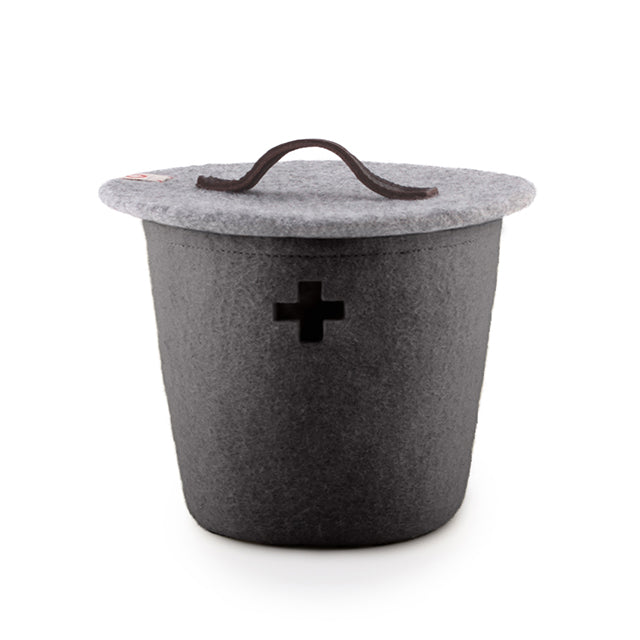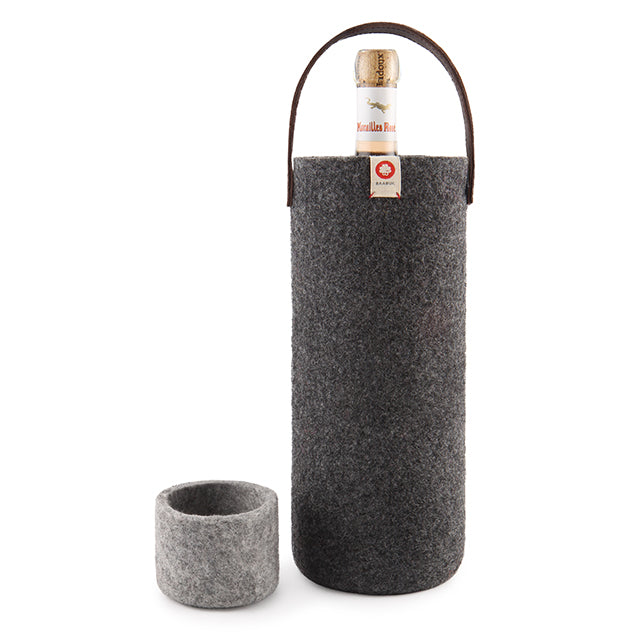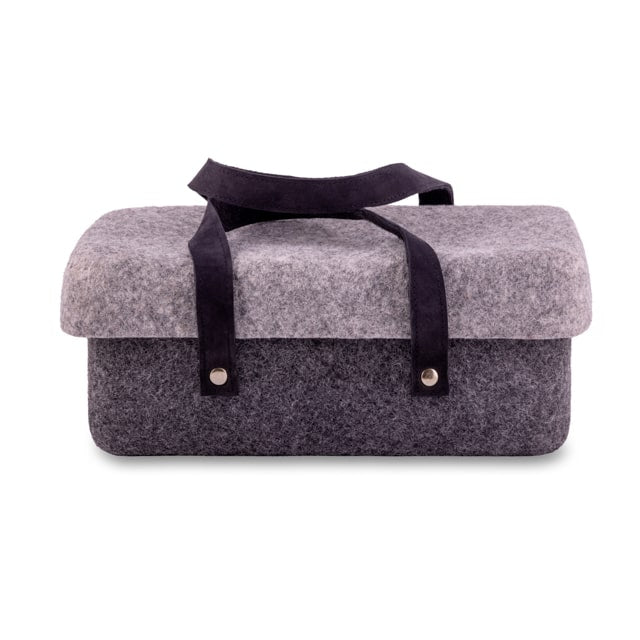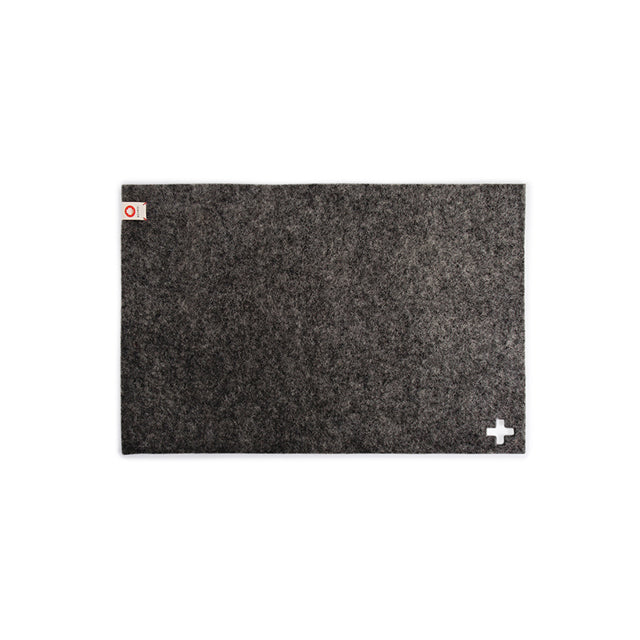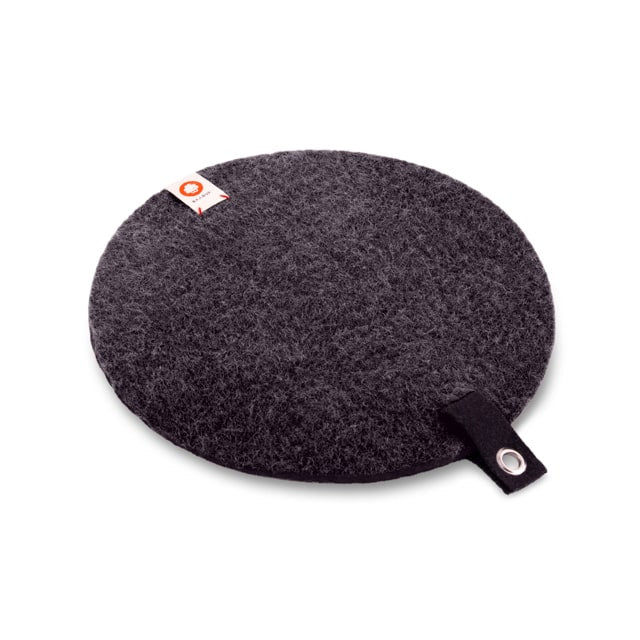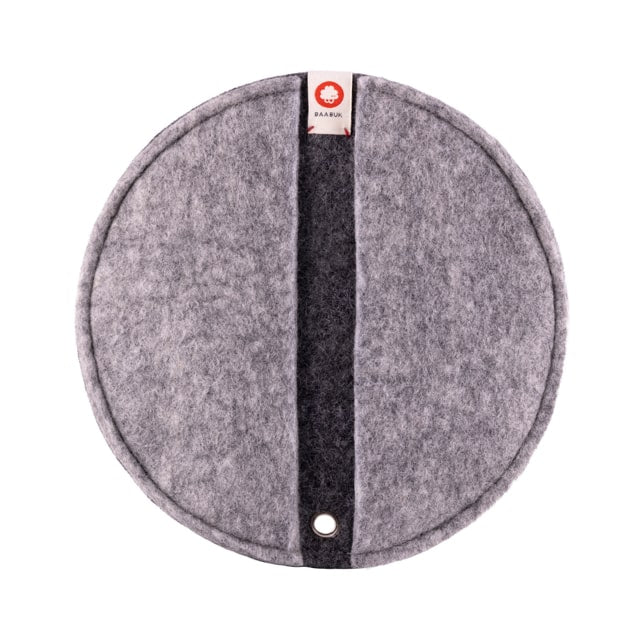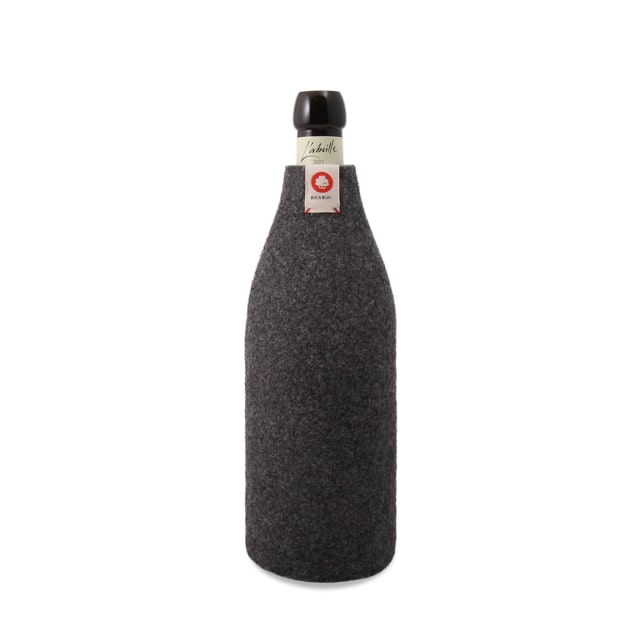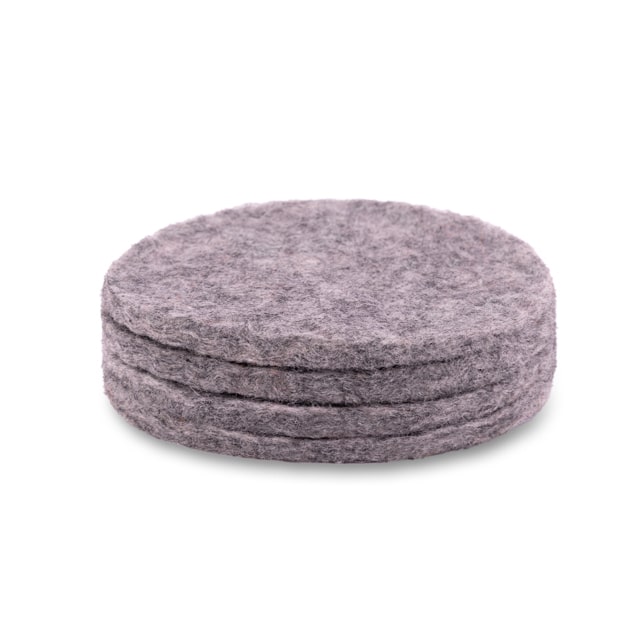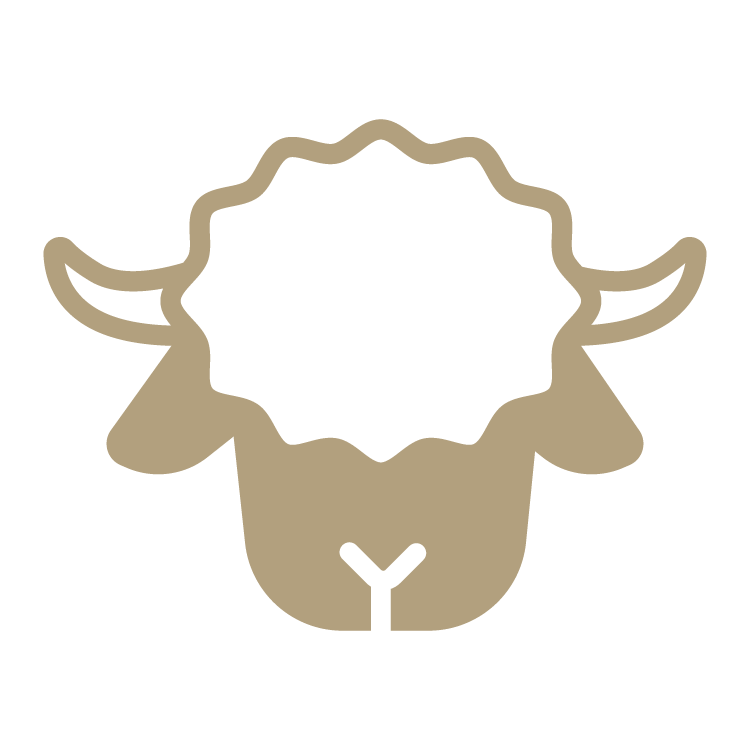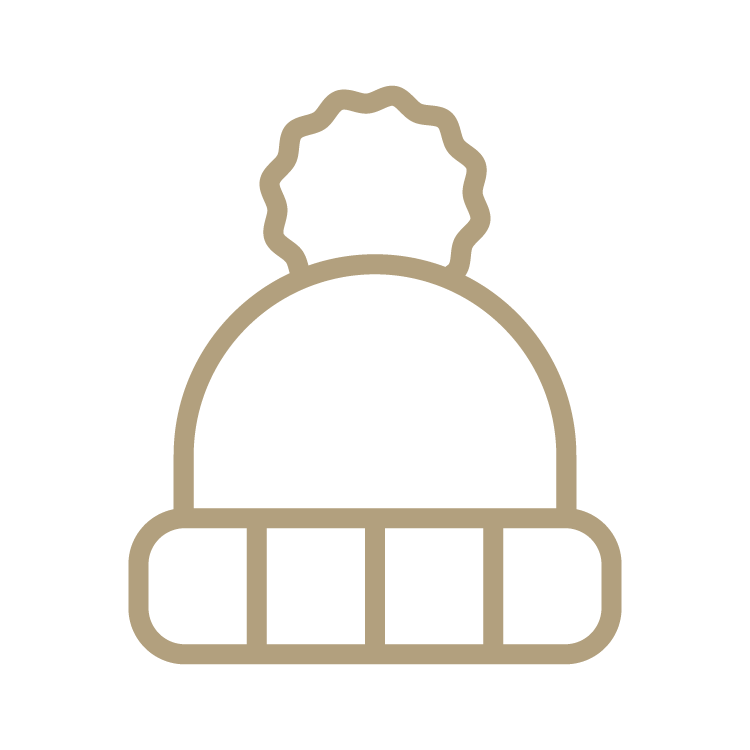
WE ARE WOOL
Wool. It’s what we’ve built our company on, both literally and figuratively. Of course, human’s reliance on wool started way before us and there’s a reason for that. Actually a lot of reasons so we want to share some more information about our favorite fiber that just might make it your favorite too.
The history of wool
The history of humans and wool goes back over 10,000 years to when our primitive ancestors used the pelts of wild sheep to keep warm. Evidence suggests that around 9,000 BC in what is present day Iran, the Mesopotamians became the first people to domesticate sheep and they traded the animals and their commodities to neighboring regions, including the Middle East, Africa and the Mediterranean.
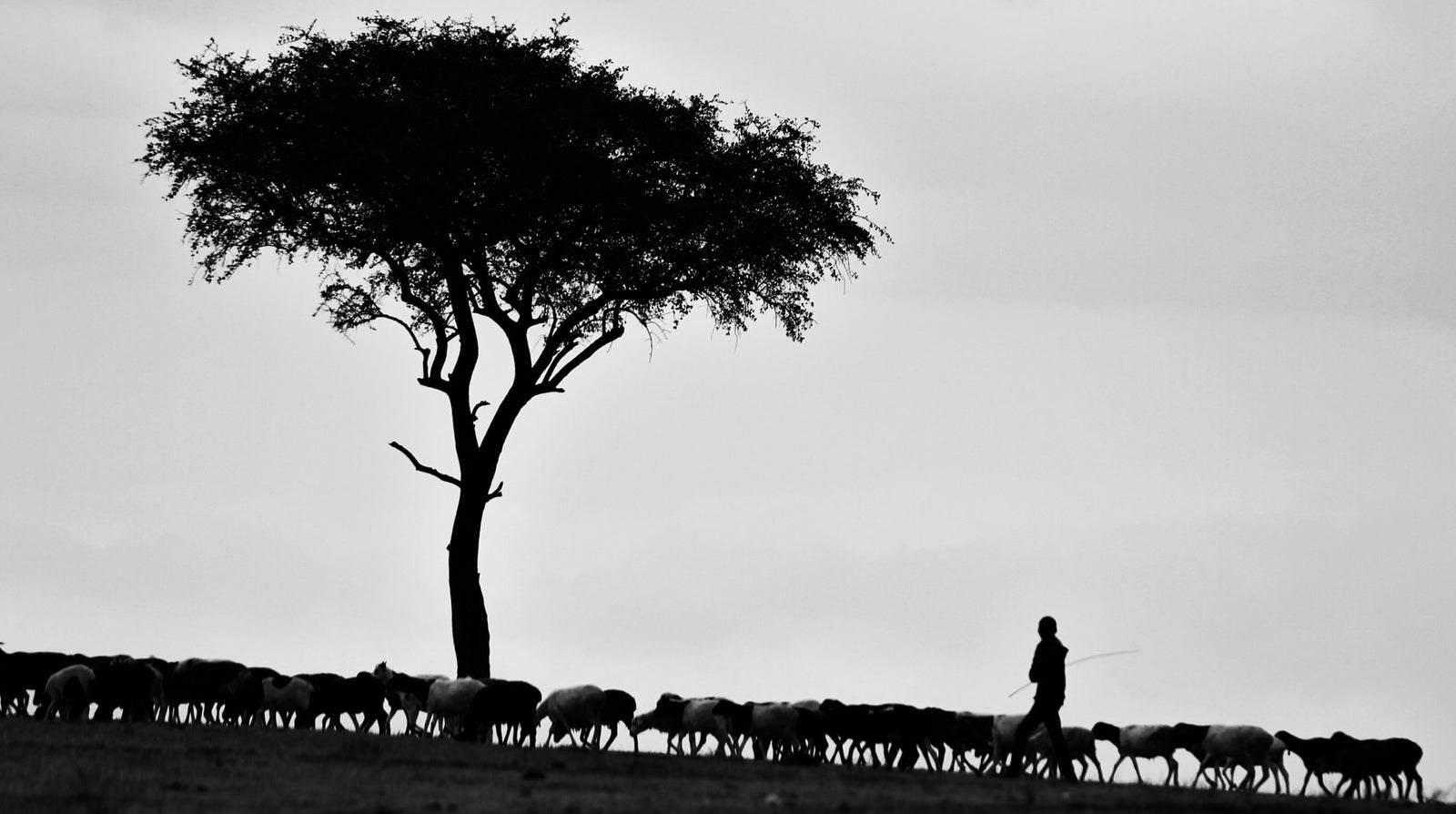
As these animals acclimated to their environs, each new empire spread the wealth that the sheep trade created. For instance, the Greeks brought wool to Europe. The Romans spread it England. The Normans brought it Scandinavia, where the Viking used it for sailcloths to take them around the globe. Proceeds from the wool trade allowed the Spanish to fund Columbus’ voyage to the New World and soon after the English created an “Empire of Wool” that would later expand to the American Colonies and Australia and New Zealand.
Now, because of their hardy constitutions and relative self-sufficiency, sheep can be found almost anywhere on earth humans call home.
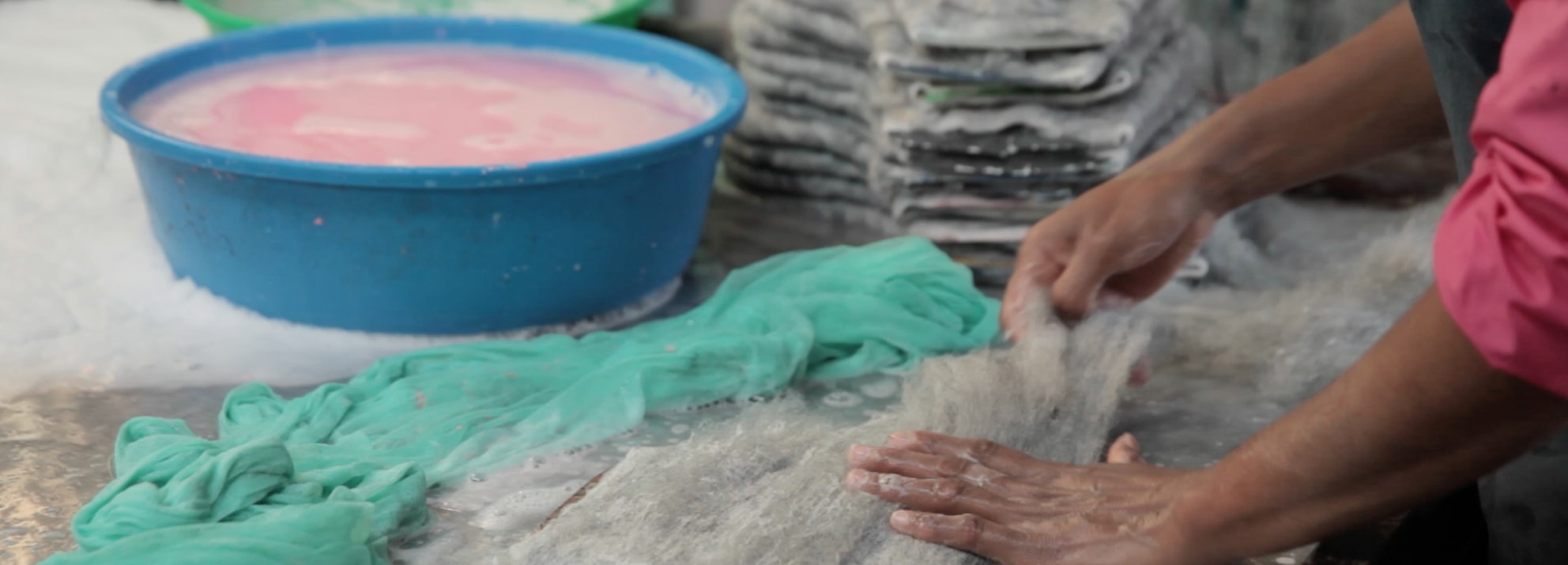
Wool felt v. Felted wool
These two textiles sound almost identical, but they have some key differences. Wool felt is the material that makes up our slippers. It is not woven, knitted or sewn, but instead handmade by pressing layers of wool roving (long strands of the sheep’s hair) together onto a shoe mold or last. It is given strength and structure by alternating the angles on which the layers are laid upon one another, which creates a net like design that holds its shape. The only materials we use in this process are hot water to make the fibers malleable and some soap to help them keep their shape and stop them from sticking to your hands.
Felted wool like you’ll find in our sneakers derives from a process that’s probably more familiar to most people. It also starts with wool roving, but this time it is spun into a cloth that’s then churned in hot water and dried on high heat, a process that make the fibers condense. The result is a fabric that’s strong yet fluffy and won’t fray at the edges. Our felted wool is made in a traditional fashion that goes back hundreds of years so it has a more rustic and authentic look and feel.
Wool's special properties
Some call wool “nature’s magic fiber” because it’s organic structure and inherent properties are so amazing that they defy explanation. Still, we’ll do our best to clarify what makes it stand out from other materials—be they natural or man-made.
Ever wonder how wool can be both super-insulating yet also so cool and refreshing. Well, it starts with its crimp, the natural waviness of the sheep’s hairs. This configuration of follicles creates air pockets, which trap air in the fiber—and that’s what keeps you warm in the winter. As for keeping you comfortable in the summer, wool traps moisture, allowing it to evaporate and cool your skin.
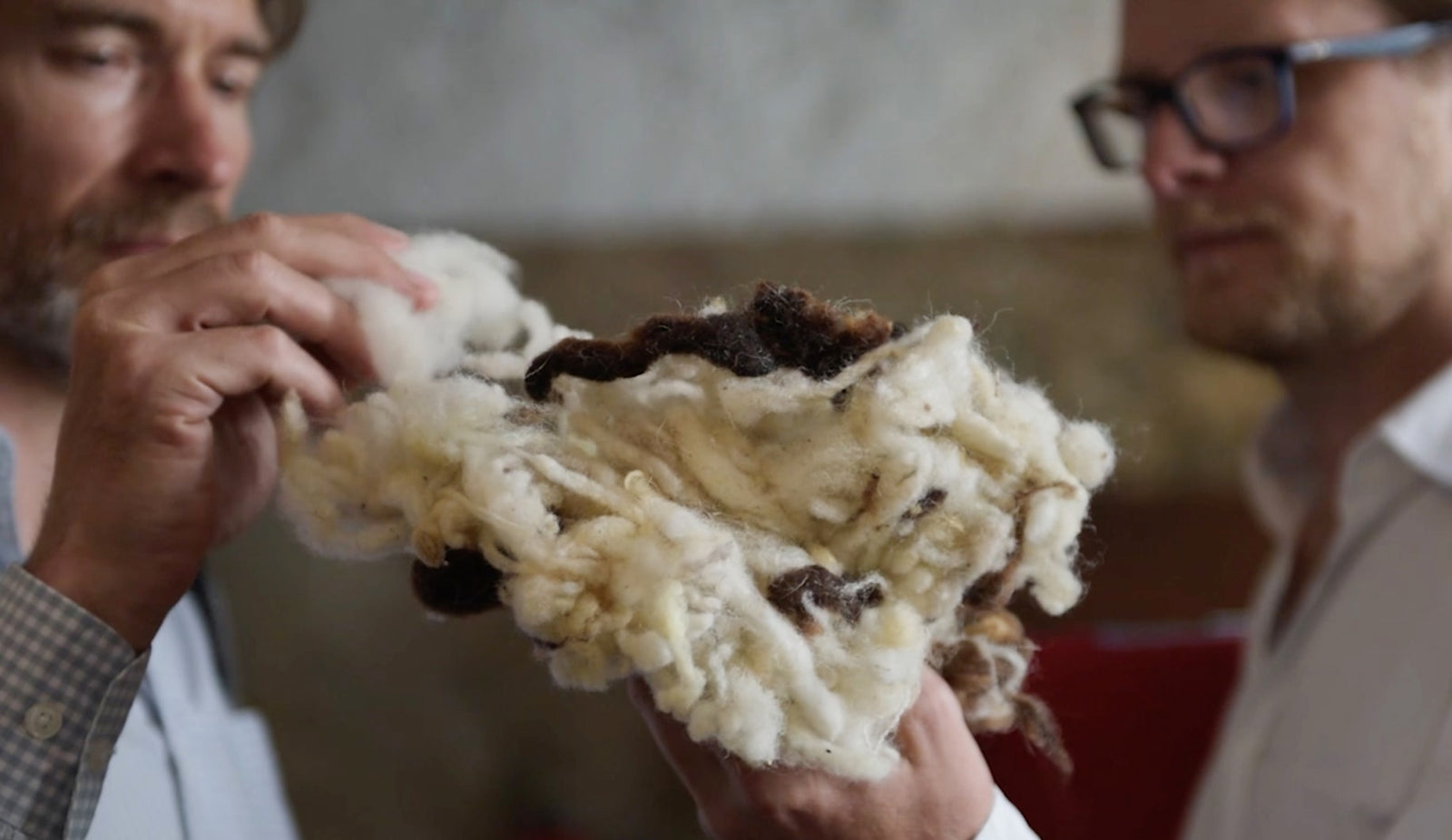
Speaking of moisture, wool is hydrophobic, which means it repels liquid thanks to Lanolin, the waxy substance naturally found in the fiber’s exterior. Yet the inside of wool is hygroscopic, which means it attracts moisture so it can not only wick liquid away but also absorb up to 30% of its weight in water without feeling wet.
So wool has you covered whether it is rainy or you are sweaty. It’s especially good for the latter because wool is also anti-microbial so the stink that comes with perspiration doesn’t adhere to your clothes like it does with polyester and many synthetic blends.
This ability to retain moisture also keeps wool from getting brittle. That in itself makes it soft and comfortable, but when combined with the fact that the fiber is made up of mostly of keratin—same as our fingernails—and features cells with spring-like structures, it also means it’s strong, flexible, resilient and wrinkle-resistant. In fact, while cotton and silk can only bent a few thousand times before they crack (some synthetic can’t even reach 100), wool can be bent tens of thousands of times before it breaks.
Wool & sustainability
The idea that wool is super-durable is good for you when buying the product because you know it will last, but it’s also good for the planet. The more years you can wear something means less stuff going into landfills. This durability also means wool can be washed less than other fibers thereby saving water and energy.
Longevity isn’t the only factor that contributes to wool’s eco-friendly standing. The very nature of how the fiber is procured is renewable. Each year, sheep grow out their fleece to keep them warm, then they are sheared without harming them, and then they regrow the fleece. Shearing is a necessity for the sheep as it keeps them cool, clean and able to move about—ensure they live and healthy lives and are able to keep producing more wool.

Sheep are part of the landscape they inhabit, so they’re also a part of the natural carbon cycle helping to sequester the compound. For instance, sheep consume organic carbon stored in plants and convert it to wool. Fifty percent of the weight of wool is pure organic carbon, which is higher than cotton (40%) or viscose (24%). A wool product contains atmospheric carbon sequestered by plants the sheep ate 1 to 2 years earlier while a product with synthetic fibers made from fossil fuels releases de-sequesters carbon that was originally stored millions of years ago.
Another strike against synthetic fibers is that they don’t readily decompose. But if wool doesn’t get repurposed, as a natural material, it will biodegrade, serving as nutrients for microorganisms and starting the life cycle anew.
We are Baabuk
All the qualities of wool, from its traditional heritage to its technical properties to its environmentally responsible attributes, make it a fiber with no equal and strive to reach the same heights with our products and our company.
